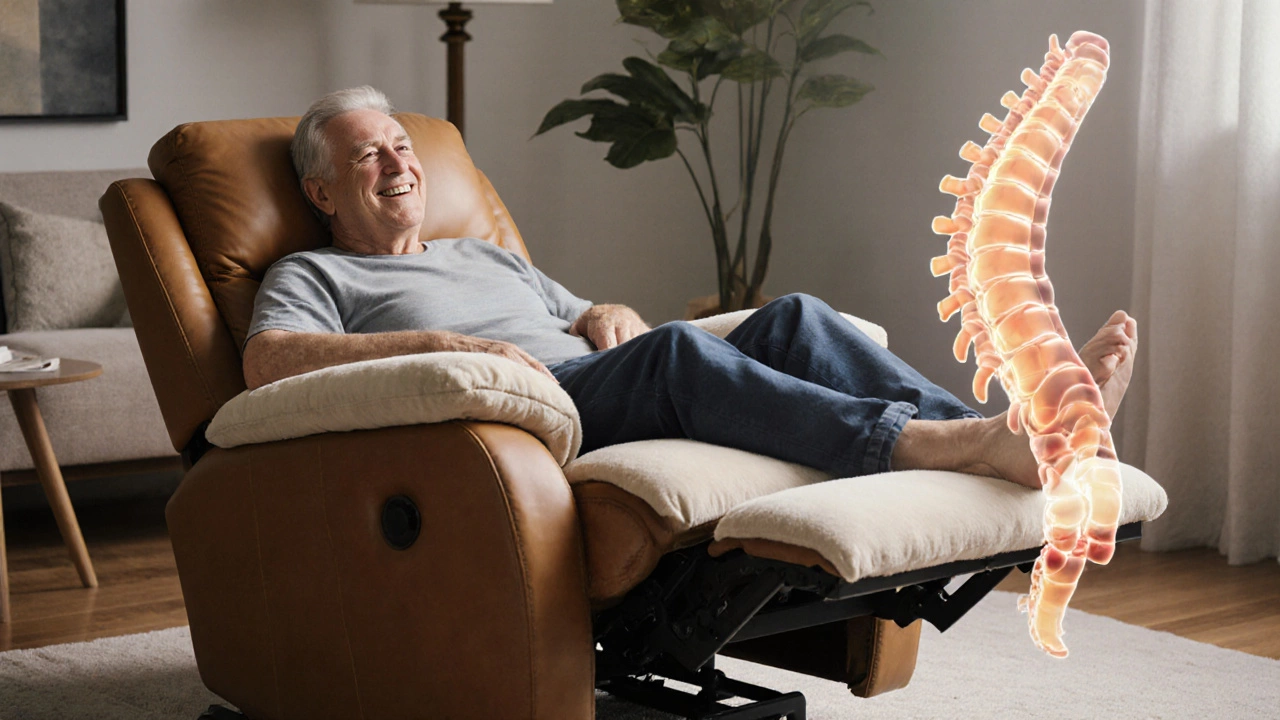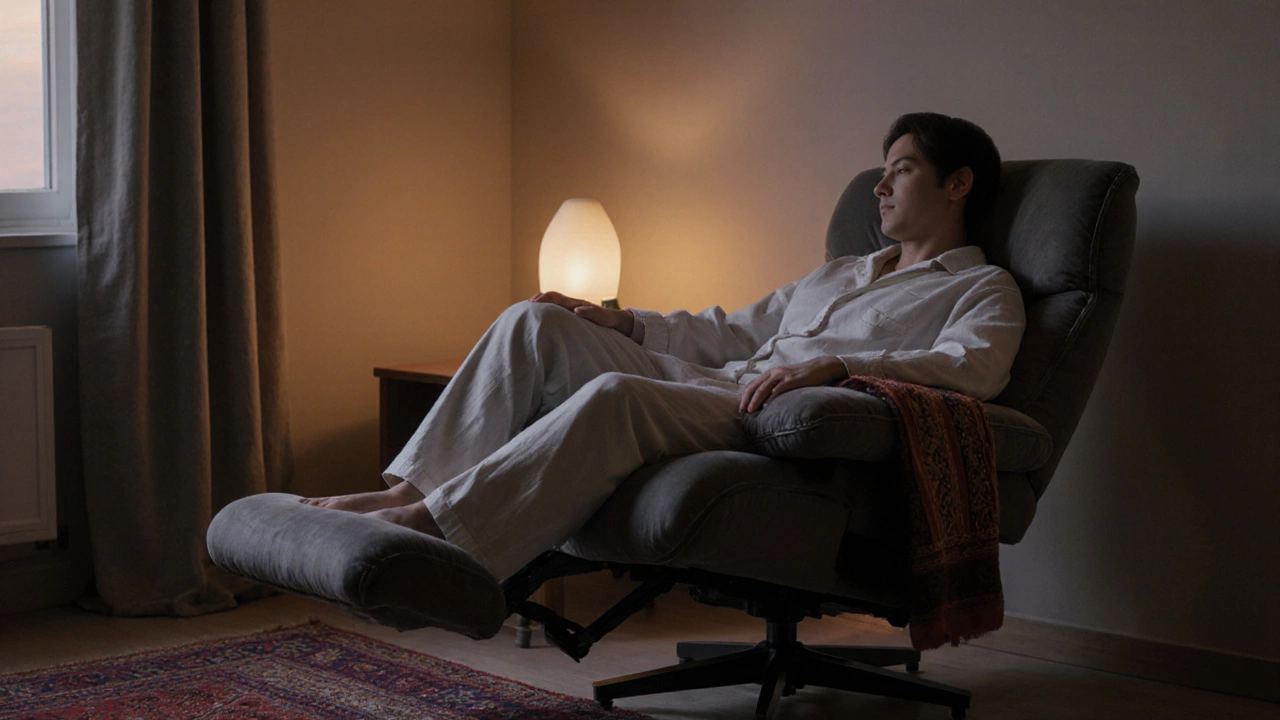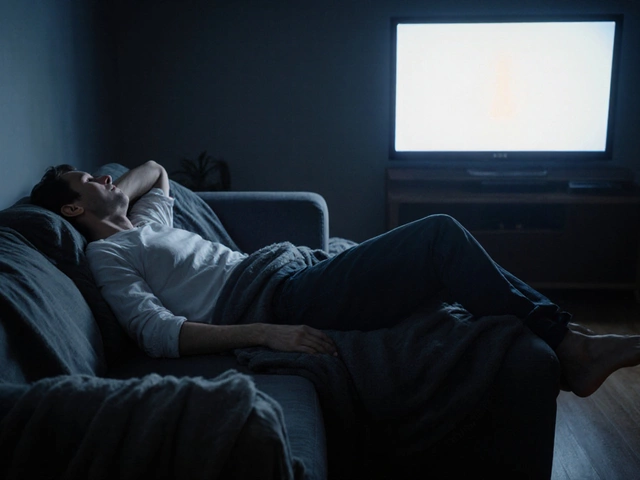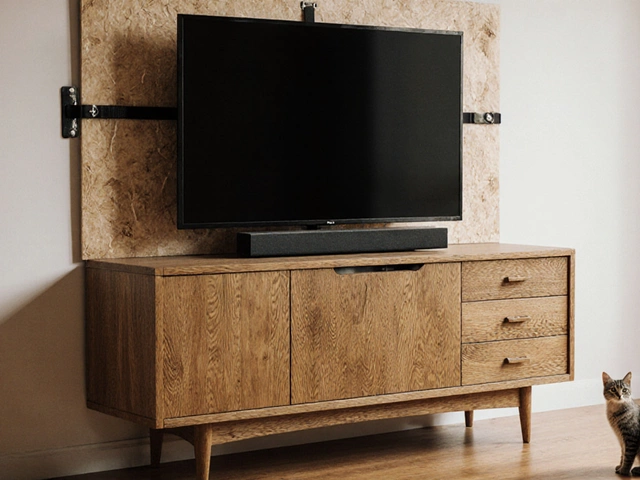Recliner Ergonomics: Find Your Perfect Fit
When working with Recliner ergonomics, the study of how a recliner’s design supports the body’s natural posture and movement. Also known as recliner comfort science, it helps you pick a chair that eases back strain, improves circulation, and matches everyday activities. Recliner ergonomics isn’t just a buzzword; it’s the link between a well‑engineered seat and a healthier you.
Key elements that shape ergonomic comfort
One of the first things to look at is lumbar support, the curve‑shaped backing that cradles the lower spine. Good lumbar support reduces pressure on the discs and encourages the natural S‑curve of the spine. When a recliner’s lumbar pad is adjustable, you can fine‑tune the depth to match your own curvature, which is why many of our readers who suffer from chronic back pain swear by it.
Next up is seat height, the distance from the floor to the top of the cushion. If the seat is too low, you’ll have to bend your knees sharply, stressing the knees and hips. Too high, and you’ll lose the chance to push off the ground when standing. An ergonomic rule of thumb: the seat height should let your feet rest flat on the floor with your knees at about a 90‑degree angle.
Behind the comfort lies the recliner mechanism, the motor or levers that angle the backrest and footrest. Smooth, quiet operation is a must, but the angle range matters more. A full‑range recline (around 150‑170 degrees) lets you lie flat for a short nap, while a moderate 110‑120 degree tilt is ideal for reading. Some models even let you lock the footrest at different heights, which ties directly into the ergonomic principle of keeping the hips slightly higher than the knees for better circulation.
All these pieces interact: proper lumbar support combined with the right seat height and a well‑designed mechanism creates a chain reaction that improves posture, eases pressure points, and can even boost breathing. That’s why you’ll see articles in our collection discussing Medicare coverage for medically‑necessary recliners – insurers recognize that a correctly fitted recliner can be a therapeutic device, not just a luxury item.
Ergonomics also touches the surrounding space. For a reclining sofa, the coffee table size and clearance become crucial. A table that's too low forces you to reach forward, stressing the shoulders. Our guide on “Coffee Table for a Reclining Sofa” walks you through exact measurements so you keep a comfortable arm’s‑length distance while the chair is fully reclined.
Finally, consider who will use the recliner. Seniors often need additional features like easy‑to‑reach controls and firmer cushions that prevent sinking too low. Younger users might prioritize sleek designs and integrated USB ports. By matching the ergonomic features to the user’s lifestyle, you turn a piece of furniture into a personalized health ally.
Now that you’ve got the fundamentals – lumbar support, seat height, mechanism range, and space planning – you’re ready to dive into the detailed articles below. Whether you’re hunting for Medicare‑approved models, comparing luxury brands, or figuring out the best coffee table clearance, our curated posts will give you the actionable insights you need to make an ergonomic choice that fits your home and your body.
Do Lazyboy Recliners Harm Your Back? An Evidence‑Based Look
Discover if Lazyboy recliners harm your back, learn the features that matter, and get a practical checklist to sit safely and comfortably.
Sleeping in a Recliner Every Night: Risks, Benefits & Tips
Explore the health impacts of sleeping in a recliner nightly, with benefits, risks, ergonomic tips, and a clear guide on when to switch back to a regular bed.






